Appian World 2022: Our low-code automated future
Appian played out day 2 of its Appian World user, partner and customer convention this year with the kind of presentations that we would normally expect to feature in a second-day keynote. Not to devalue the content on offer here, but the partner awards have to be covered off at some point… and this was that point in time.
Appian chief partner officer Marc Wilson took the audience through the roll call and showcased the company’s customary plaudits and honours.
“Our global network of partnerships across consulting, implementation, resellers, and technologies is a strategic asset for Appian customers,” said Wilson. “We applaud this year’s partner award winners for their dedication and ingenuity in delivering value with our low-code platform.”
Into more product-focused sessions and Appian spokespeople examined some of the realities now playing out in terms of low-code usage.
We used to have to express all intentions to computers through complex code structures with specific syntax and structure, but now that we can express our intentions through low-code, we can use more declarative models to create the applications that we need.
Data fabric
Looking at Appian Records, the company discussed exactly how this service is designed to unify data into a single data fabric where data itself is transformed into a form that will be of most productive use to the business.
In terms of real world usage, Intelligent Document Processing (IDP) is key to deploying a low-code platform like Appian in real world use cases. Items like bills can be ingested into a model that is ultimately trained to understand the fields of data on a page… and, as soon as that model is trained, it can be used and put to work.
Appian has now worked to provide more low-code browser actions and also offer faster process execution as organisations using its platform start to scale up and grow. The company says that it’s important to remember that very few business processes will exist in isolation, so – in answer to this reality – Appian Process Modeler enables users to gain a complete picture of all components in a workflow.
Security resides ‘on’ the data
Inside working demonstrations, Appian keynote speakers explained how we can create role and policy-based security controls. As we start to use more low-code to manage our records of all kinds across many different data sources, we will need to be able to configure security rules ‘on the data itself’ in order to make sure that a piece of data’s security access status follows it as it may be used within different systems and applications.
The wider trend on show here from the company underlines the fact that Appian is making sure more data sources (more types, more shapes, more levels etc.) are capable of being used in the Appian platform.
Fireside with Broady
Appian chief marketing officer Denise Broady hosted the final segment of this day two keynote to discuss the intersection point between innovation and technology – this session welcomed Mark Walsma, global delivery leader at Aon and Matthew Richard, CIO at LIUNA.
Mark Walsma commented, “I am a firm believer that IT is at its best when it is closely aligned to the business. Throughout the pandemic, we saw output has increase, but quality did not always increase in the same way and we have seen some defects arise. We know that Appian has allowed us to increase our production and we have a very dispersed international workforce – because communication has moved from unstructured ad-hoc discussions at the water cooler and in meetings, we have looked at how to talk better.”
He added further thoughts saying that he thought that we are really unlimited by our imagination.
“I come from a developer background, so I really like breaking down a problem and finding out ways to solve it – that drive has not changed with Appian, it has just increased in velocity and sped up,” he added.
Matthew Richard commented, “Our workforce is in Washington DC in one location so when we had to move to a new distributed workforce situation through the pandemic, we have seen the business function realise just how valuable the IT department is to the operational well-being of the company. We’ve now realised that IT is for more than just getting people a new computer, but also a key enabler that helps us add value to the way the business trades.”
Beyond Appian, Richard said that his firm is not really using any other [software development] platform, so when people come to the management with a use case requirement, the firm tries to leverage the Appian suite for everything possible.
Our low-code automated future
In terms of where we are going with low-code and processes inside workflows in general, we appear to be building a world of automation where people, bots and APIs all exist together inside increasingly accelerated highly visualised models.
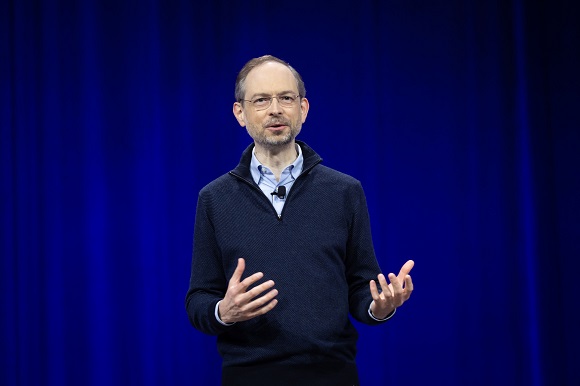
Matt Calkins Appian founder and CEO
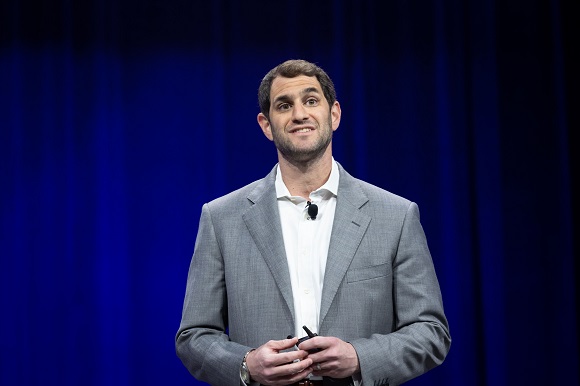
Adam Glaser, SVP of engineering at Appian
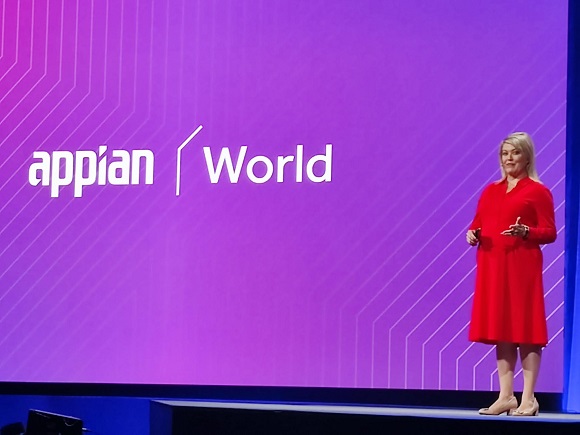
April DelFavero, VP global field & partner marketing at Appian
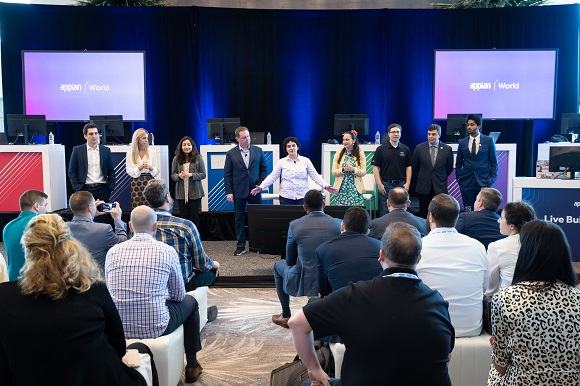
April Schuppel (centre, arms outstretched) senior developer advocate at Appian at the live build challenge.
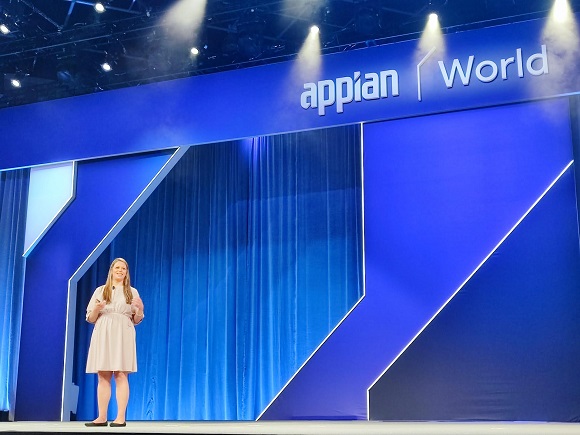
Krystle DaSilva Boyce, principal at Neuberger Berman




